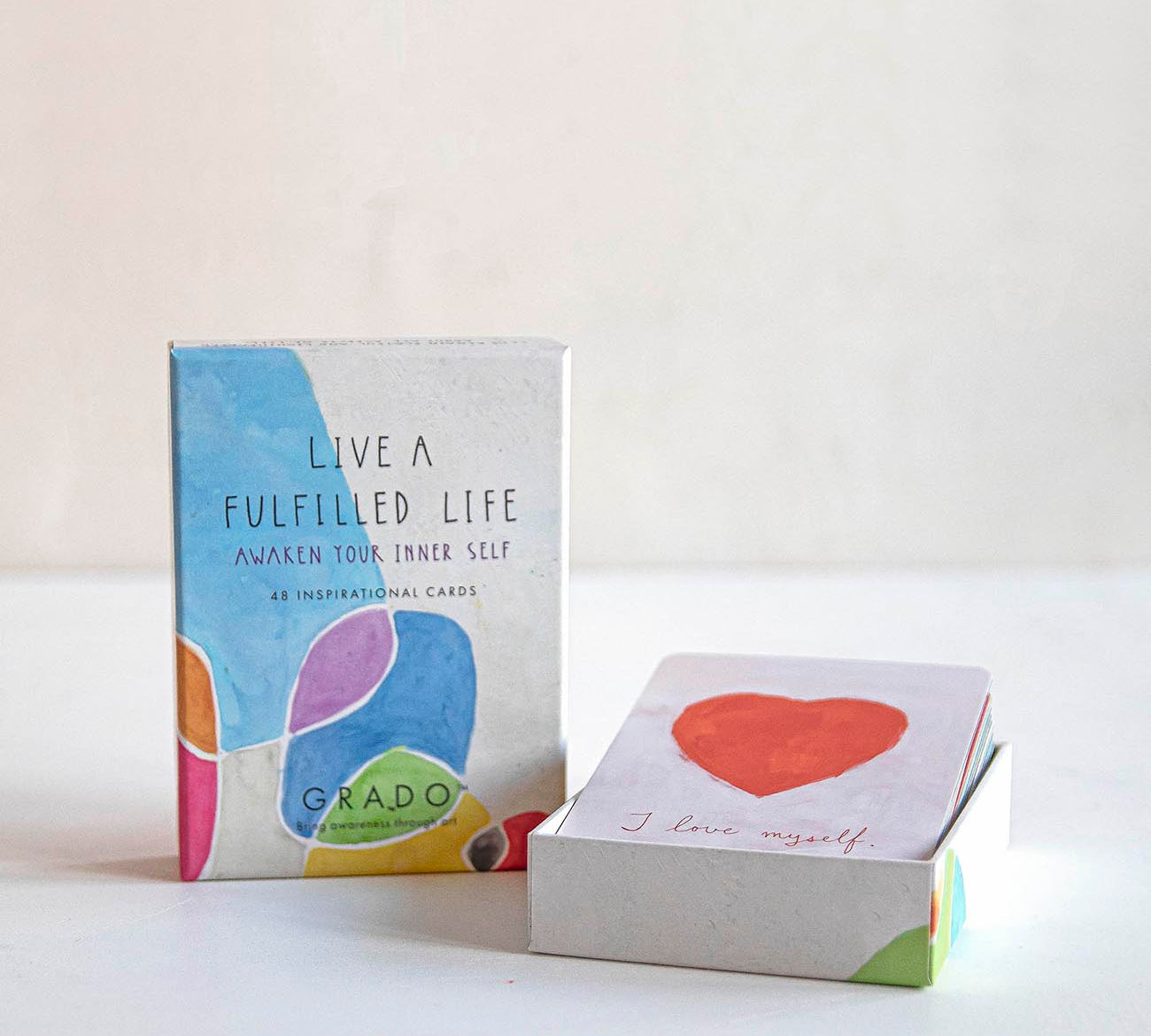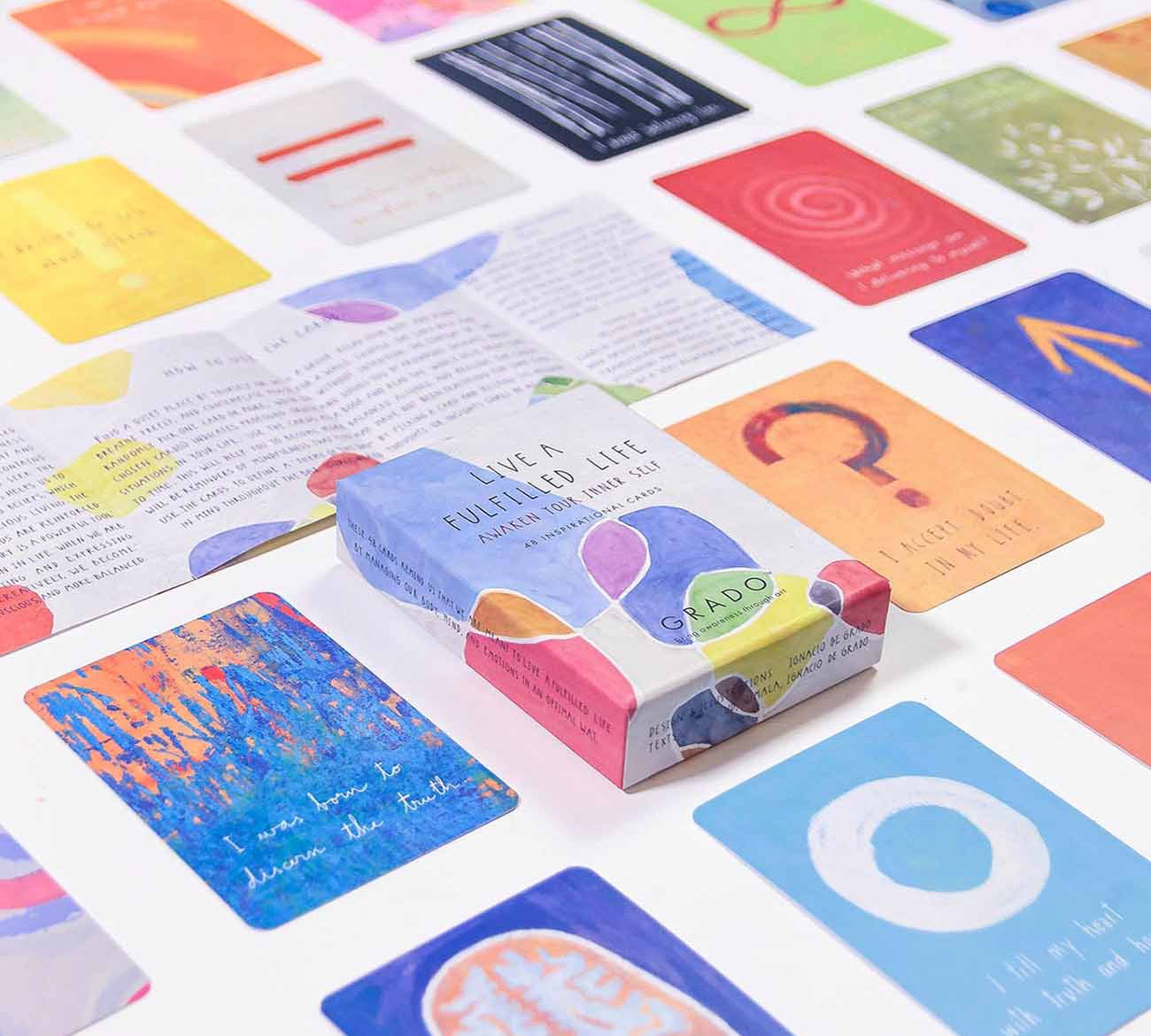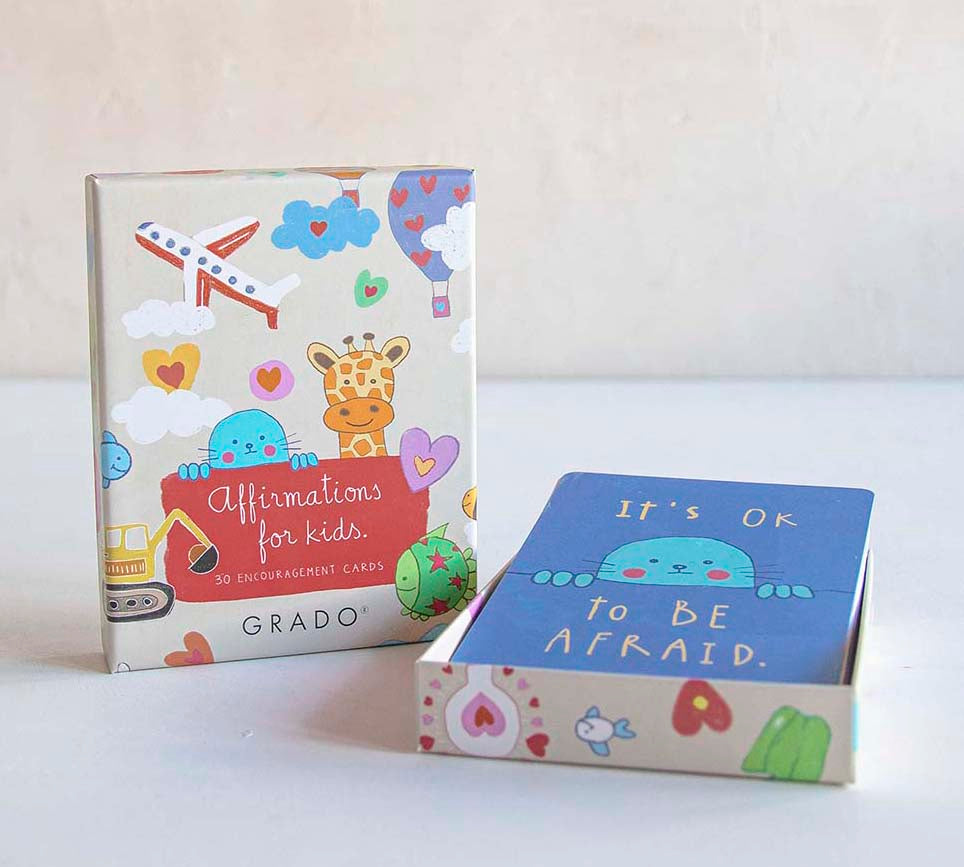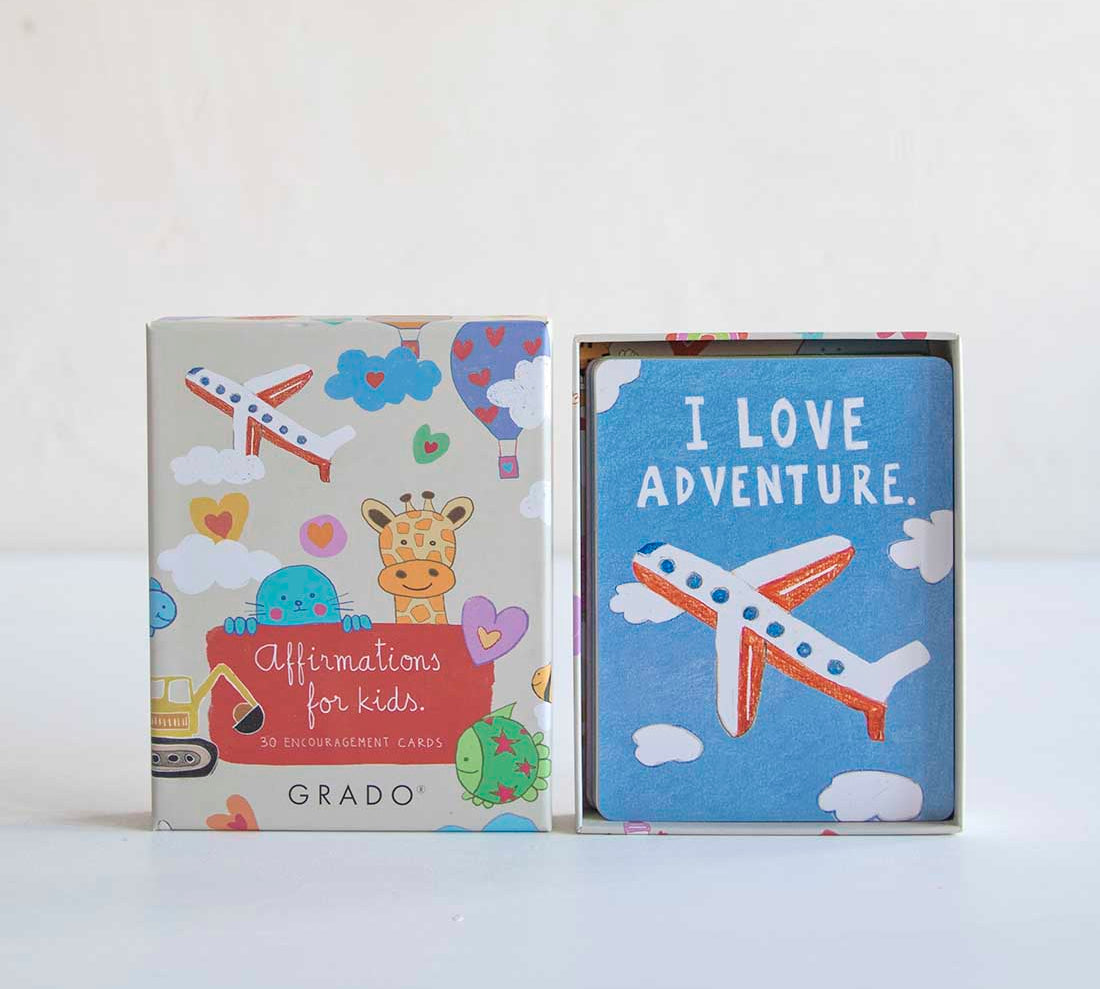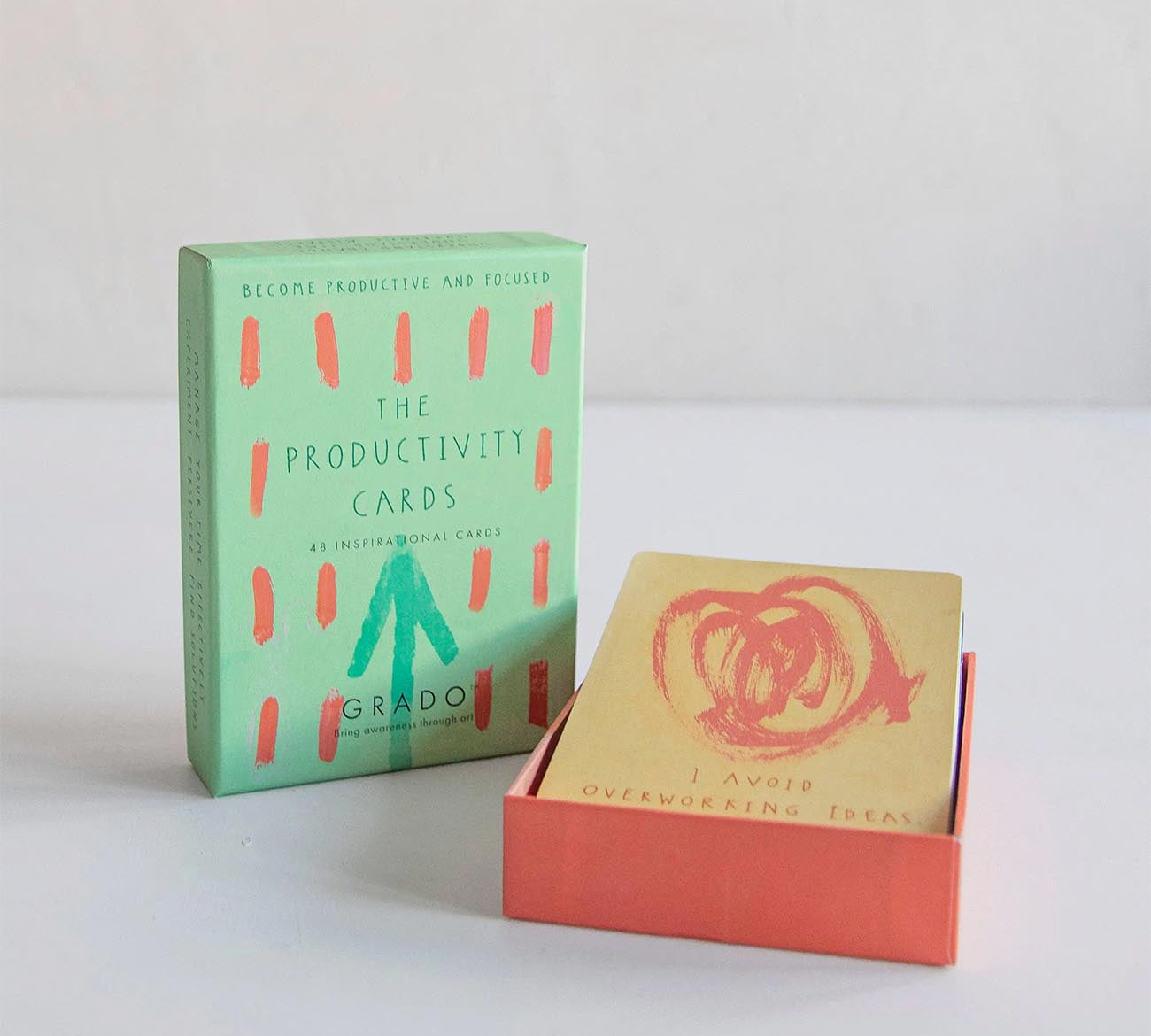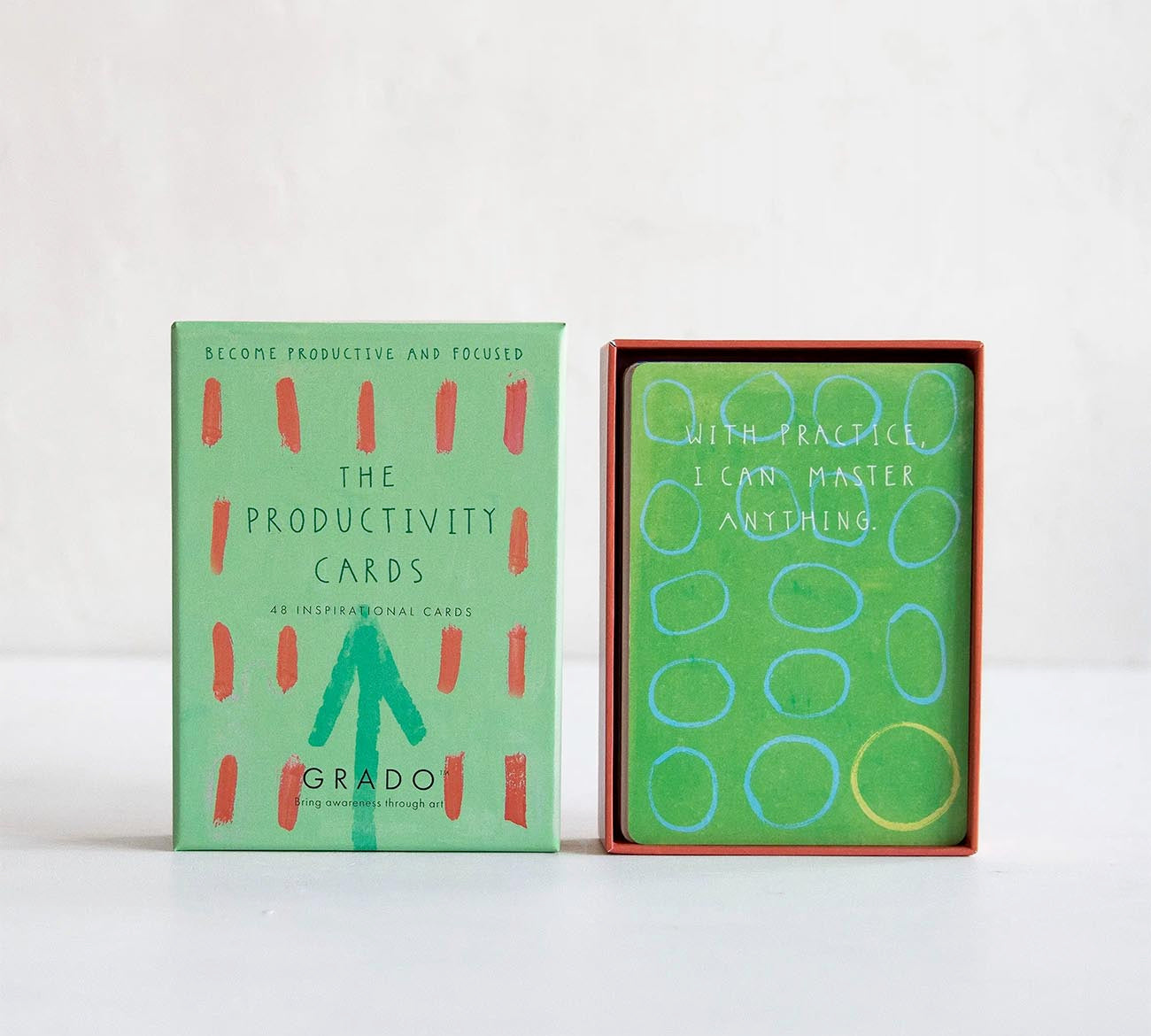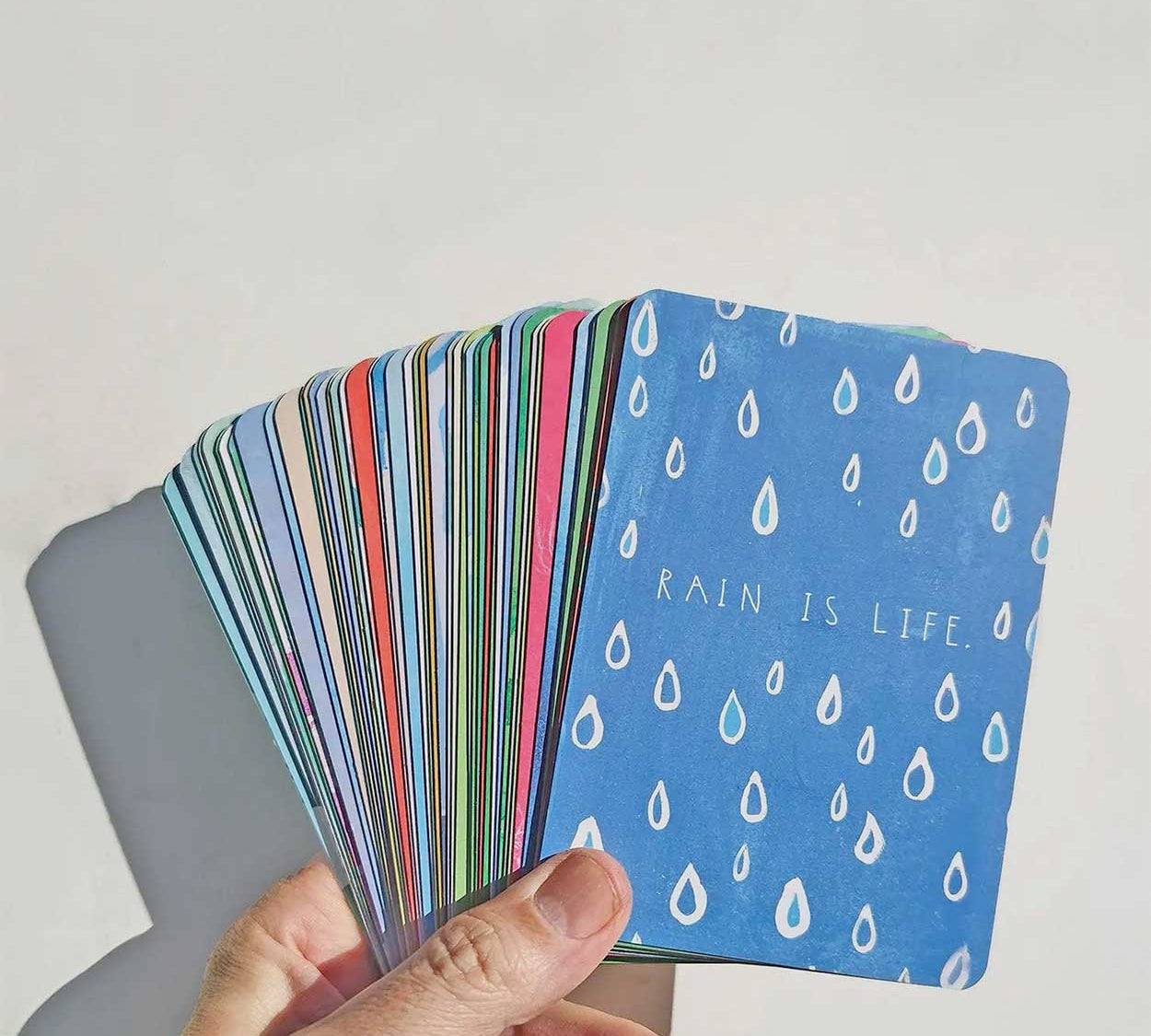Introducing mindfulness for kids with seven activities.
Ignacio de Grado
From improved focus to better relationships: we should all prioritize mindfulness each day. We all know that incorporating mindfulness into our daily lives is beneficial, but did you know that kids can benefit from mindfulness too? Helping children learn to be present at the moment is one of the best things you can do for them.
As parents, we have an incredible opportunity to teach our children about life. We can do so from the words we use to how we talk about emotional experiences. Many of us struggle to find the right response when kids ask questions they find hard to understand or see their siblings fight over something they want but aren't getting.
It doesn't always happen at the right time, but when it does, that's when we need mindfulness intervention the most! Teaching mindfulness to kids is how we raise a generation of confident, resilient, self-aware adults equipped with the tools to face life's challenges.

How can we begin introducing mindfulness concepts to our children? It's never too early to start! Kids naturally know how to exist in the present moment. We can learn so much from their "devil may care" attitudes about things that make us cringe as adults: getting dirty, being loud, falling, or making mistakes–kids don't care about any of it!
Here are some simple ways you can begin teaching mindfulness to your children:
Intentional breathing
Intentional breathing is a great way to relax and calm down. It can also help children stay focused on the task instead of feeling overwhelmed or stressed out by it. The whole family can do it together! Here's a visual to help your children understand:
1. Picture a balloon with a string attached to your belly button.
2. Imagine the air filling up the balloon as you breathe through your nose.
3. Hold that breath for two seconds before breathing out through your mouth for four seconds, making a whooshing noise as you do so.
4. Repeat this for about five minutes or until you feel relaxed!
Intentional breathing can be helpful when feeling anxious or stressed—it's also useful if you or your child is having trouble sleeping at night or is feeling overwhelmed by emotions like anger or sadness.
Practice Yoga
Yoga is a great way to teach your kids to relax their bodies, focus on their breathing, and feel more relaxed. It's one of the most popular mindfulness activities around! Try some kid-friendly yoga poses that focus on stretching out muscles and relaxing.
For example: Downward Dog: Lay face down with your hands under your shoulders and knees beneath your hips. Keep going into a slight back bend by lifting the chest towards the sky as much as feels comfortable (maybe not too far!).
Stay there for 5 seconds before lowering back down again; repeat several times until you've fully stretched out your hamstrings and spine before lying flat again on your stomach

Cat/Cow: Keep your hands shoulder-width apart and your knees directly below your hips. Inhale while curving your lower back and bringing your head up, tilting your pelvis like a "cow." Exhale deeply and bring your abdomen in, arching your spine and bringing your head and pelvis down like a "cat." Repeat several times. Cosmic Kids Yoga is a great resource for kids just getting started with yoga–they have tons of fun yoga videos that can be great for the whole family.
Listen to relaxing music
Music is a powerful tool that can help kids feel more relaxed, focused, and happy. It's also a great way to introduce mindfulness to kids because it's usually something they enjoy doing. Choose relaxing music that you like as well.
Parents and children must be receptive and open-minded about what sounds good! Don't limit yourself or your kids by only listening to one genre of music. There are many different styles— lots of them will help you relax or focus at different times depending on your mood!
My personal favorite is the Deep Focus playlist on Spotify. I like to put this one on for ambiance if tensions or energy is feeling high and we all need to calm our minds and bodies.
Go on a sensory adventure
Start by exploring different tastes. Go around and try chewing on foods you find in your cupboards and fridge, like pasta or cheese (maybe even cilantro!). Take a spoonful of peanut butter and put it on bread or crackers. Now go back to exploring textures using your fingers: play with sand castles on the beach, and make a snowman out of cotton balls! Great for the whole family, you can try this activity at home or in the park. Next stop: temperatures! Get out some hot water bottles and wet sponges to feel how warm they are before sticking them in front of each other's faces so they can see how cold they feel when they touch their skin.
Now it's time for smells—have fun smelling flowers from your garden or spray-scented candles inside and outside your house/apartment/flat/room if you have one! Now let's move on to sounds: what does rain sound like? How about wind? What about silence? And lastly--colors! So many color combinations are just waiting for us to explore with our eyes.
Do a body scan
Body scans are a great way to introduce mindfulness and are easy to do. You can have your child lie down or sit on the floor in a cross-legged position (with their back supported if they're still young).
If you've got an older kid, you might want to try sitting upright in a chair with their feet flat on the floor and knees bent.
Tell them that they should focus on the sensations of whatever body part they choose—from head to toe—and notice how it feels as they breathe in and out.
Say thank you with kindness or inspirational cards.
The first step to creating a mindful space is to pay attention to what you're grateful for. Gratitude can be difficult when you're anxious, stressed, or facing challenges at home or school. But kids must learn the power of thankfulness to develop their spiritual side. To do this activity with your child:
● Have your child write down ten things they are thankful for on small pieces of paper (one per piece). The more specific you are, the better! It could be anything from "I'm thankful that my sister is my best friend" to "I'm thankful for our family dog."
● Then take turns drawing one gratitude card from each other's stack and reading aloud what we are grateful for during those moments in our lives together as a family--this serves as an excellent reminder about how much love there is in this world!

These inspirational cards are a great way to begin conversations about mindfulness and gratitude as a family! You could read one card each morning or around the dinner table at night.
Draw something that makes you feel calm
You can create a drawing of anything, but using a calming color palette, like pastels is helpful. You or your child can draw whatever you like, as long as it makes you feel good about yourself and helps you relax. Drawing is a great way to express happy and sad feelings! It can also help us focus on the present moment by giving us an activity to do while doing nothing but being mindful. Sketching allows us to relax our bodies while focusing the mind on our breath and hand motions, which results in increased concentration skills overall.
Trying out different mediums such as pencil sketches or watercolor paintings may also lead one down different paths toward personal growth depending upon how they respond emotionally towards their work over time.
In short, mindfulness is:
● mindfully noticing the present moment without judgment;
● being aware of what you are thinking and feeling in the moment;
● paying attention without judging yourself or your experience;
● being fully present with what's happening now.

Mindfulness is a skill that we learn like riding a bike. Kids can learn to use mindfulness skills to help them feel calm and focused, even when stressed. Which mindfulness activity will you try with your family?


